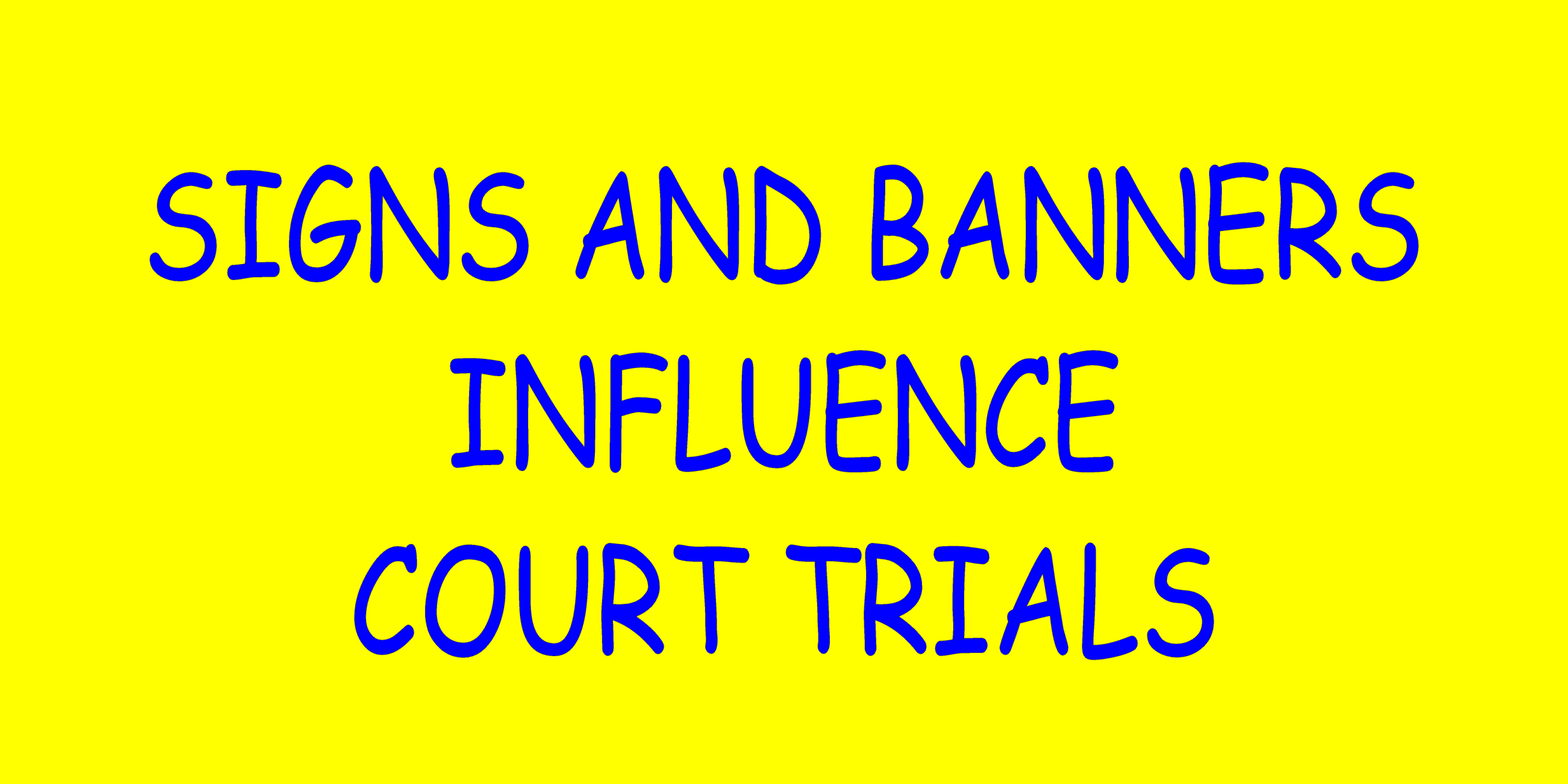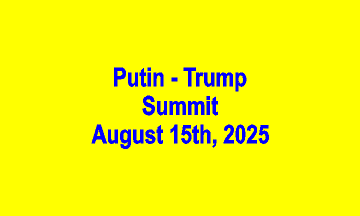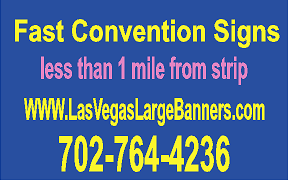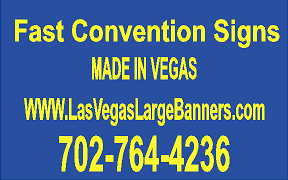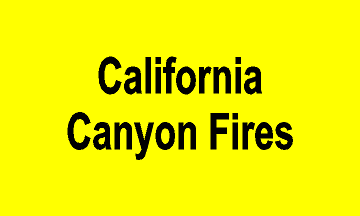As the Diddy trial gained media attention, protest signs and banners flooded the streets. Demonstrators used bold vinyl banners to highlight concerns. Many signs expressed frustration, while others called for justice. Protesters printed slogans in large fonts to grab attention. Outdoor banners gave a voice to communities feeling ignored.
Large banners near courthouses created visual impact. Supporters and critics used signage to share opinions. Some signs featured hashtags tied to trending trial topics. Protest art became a platform for public outcry. Sign vendors in cities like Los Angeles and New York stayed busy.
Custom banners used high-contrast colors for visibility. Vinyl materials withstood outdoor conditions for extended protests. Protest groups often printed banners overnight. Fast banner printing services helped spread messages quickly. Sign shops offered bulk discounts to activists for multiple orders.
These banners reflected a growing movement. The Diddy trial became a flashpoint for deeper social issues. Signage turned sidewalks into rally zones. People found unity through shared slogans and strong messaging.
Vinyl Signs Deliver Bold Legal Messages
Printed signs served both protestors and supporters. At rallies, messages on banners were strong and clear. “Accountability for All” was one repeated phrase. Others demanded transparency from media and law enforcement.
Sign shops used bold graphics to highlight urgent calls to action. Most banners included trial-related keywords for impact. Some signs referenced past incidents involving celebrities and justice. Banners showed public concern beyond one single case.
Creative designers used icons and Diddy-related imagery. Public parks, streets, and courthouse steps became banner-friendly zones. Supporters posted banner photos online using SEO-friendly captions. This digital sharing extended the message even further.
Las Vegas events mirrored national efforts with custom signage. Protesters in Vegas used LED signs and vinyl banners. Even car decals with trial slogans gained traction. Banner advertising wasn’t just for commercial purposes anymore.
Social Media Shares Amplify Banner Impact
Signage seen during the Diddy trial spread rapidly online. Social media users shared protest banners within minutes. Popular accounts reposted courthouse photos with key slogans. Hashtag trends increased banner visibility across platforms.
Instagram stories showcased creative handmade signs. TikTok featured walk-throughs of banner-making events. Twitter users debated messages displayed on courthouse signs. Each post added new SEO weight to digital campaigns.
Banner messages also drove online traffic to legal blogs. Keywords from printed signs matched search queries. This synergy boosted visibility for causes and creators. SEO-driven phrases like “Diddy Trial Banners” went viral.
Video clips of banner drops outside court buildings spread fast. Protesters used GoPros to film banner displays. These short clips received thousands of views overnight. Signage served both as physical and digital protest tools.
The Power of Diddy Trial Signs and Banners in Public Discourse
The Diddy trial proved how signs and banners shape narratives. Vinyl signs were affordable, fast, and influential. Protest groups used banners to frame public opinion. They chose short, bold phrases for clarity and reach.
Courthouse steps became stages for banner messaging. These visual elements made news footage more impactful. Reporters often referenced specific sign slogans in coverage. Banner use expanded the reach of protest messages.
Custom banners also helped unify different protest groups. Shared color schemes and slogans built solidarity. Messages gained strength through visual consistency and public repetition.
Even after the trial, banner use continues. Advocacy groups now incorporate banner design in strategy planning. Signs and banners remain tools for free expression. Their presence in high-profile trials will likely grow stronger.

